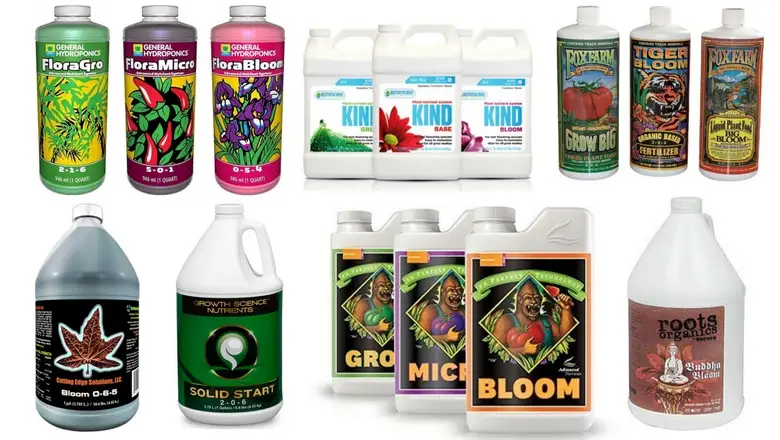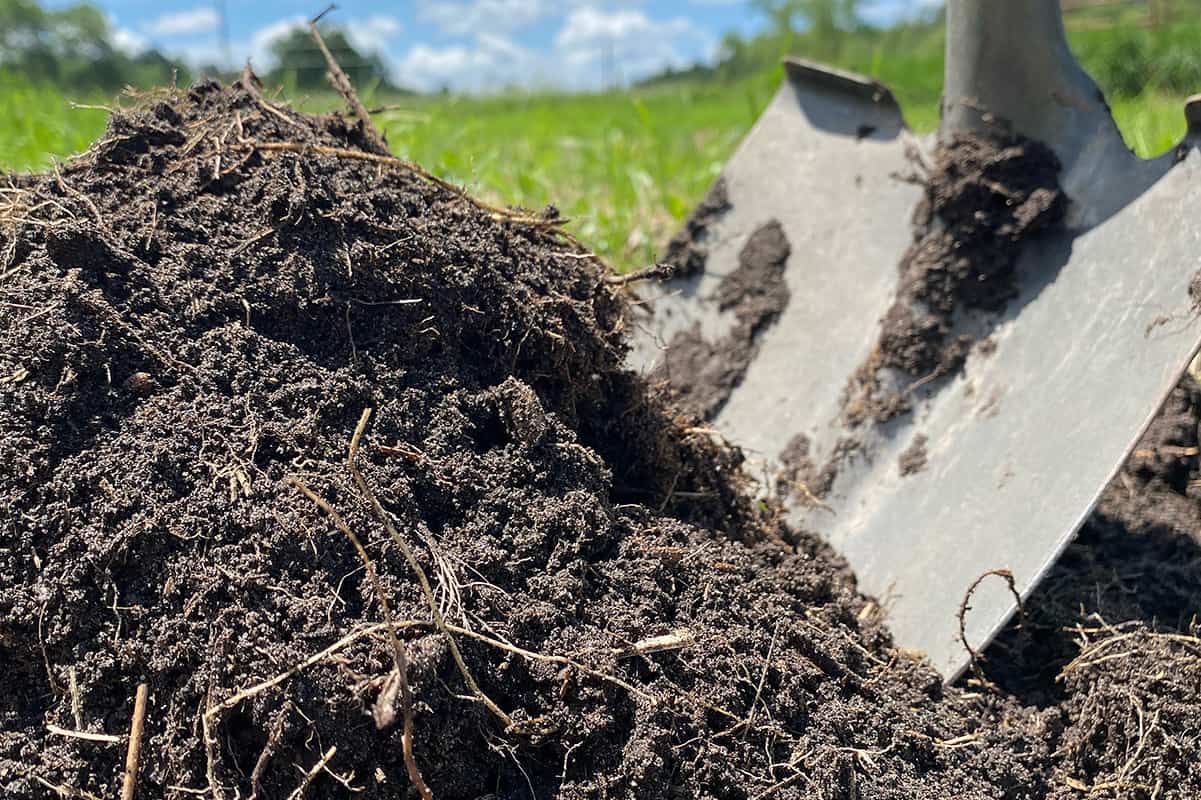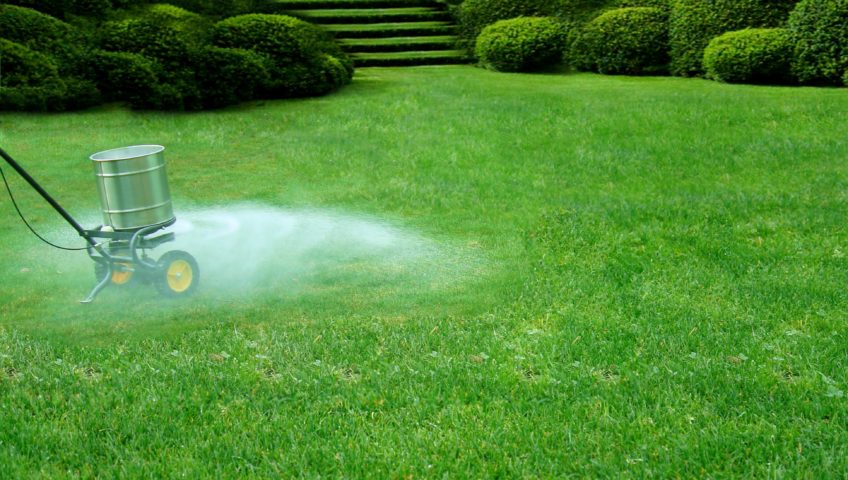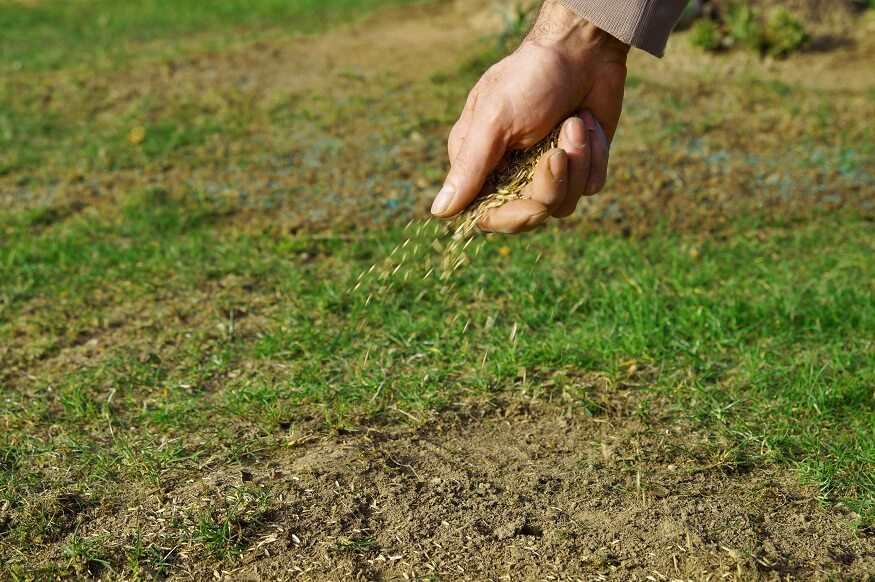Best Fertilizer For Green Beans: - Our Top Picks 2024
Lorin Nielsen Apr 20, 2024 1:35 AM
If you’re looking for best fertilizer for green beans you’re in the right place. We spent a lot of time reviewing best fertilizer for green beans to come up with the thiings that we think stand apart from the pack in appearance, utility, and value. In this guide, we have researched all the items and provided the finest options accessible today for you.

Overview
Use the best fertilizer for green beans when you're cultivating the plant.
It is impossible to overstate the role of fertilizers in the growth of plants. These additional nutrients aid in crop production. This is why we'd be looking at some fertilizers for your green bean in order for it to thrive.
The most popular vegetable among gardeners is green beans. In the correct hands, they may be a nutritious and easy-to-grow source of food.
The greatest green bean fertilizers will be discussed in this article. To learn more about this, keep reading.
- SCORE9.6AI Score
G Score is a ranking system developed by our team of experts (people love working outdoors with people and plants). It from 0 to 10 are automatically scored by our team based upon the data collected. This score has no relationship or impact from any manufacturer or sales agent websites. Learn more
- BrandDown To Earth All Natural Fertilizers
- Prime
The Andersons Professional PGF Complete 16-4-8 Fertilizer with 7% Humic DG 5,000 sq ft
View on Amazon- SCORE9.4AI Score
G Score is a ranking system developed by our team of experts (people love working outdoors with people and plants). It from 0 to 10 are automatically scored by our team based upon the data collected. This score has no relationship or impact from any manufacturer or sales agent websites. Learn more
- BrandThe Andersons
- Prime
DYNOMYCO Premium Mycorrhizal Inoculant - Root Enhancer / Stimulator - Mycorrhizae for Plants - Concentrated mycorrhizal Fungi - Supreme myco strains - Treats up to 68 Plants! (340 g / 12 Oz)
View on Amazon- SCORE9.4AI Score
G Score is a ranking system developed by our team of experts (people love working outdoors with people and plants). It from 0 to 10 are automatically scored by our team based upon the data collected. This score has no relationship or impact from any manufacturer or sales agent websites. Learn more
- BrandDYNOMYCO
- Prime
Mycorrhizal Inoculant by DYNOMYCO™ – High Performing Strains – Concentrated Formula – Improves Nutrient Uptake – Increases Plant Yields Enhances Resilience to Stress Saves Fertilizer (100 g / 3.5 Oz)
View on Amazon- SCORE9.2AI Score
G Score is a ranking system developed by our team of experts (people love working outdoors with people and plants). It from 0 to 10 are automatically scored by our team based upon the data collected. This score has no relationship or impact from any manufacturer or sales agent websites. Learn more
- BrandDYNOMYCO
- Prime
Miracle-Gro Shake 'N Feed Tomato, Fruit & Vegetable Plant Food, Plant Fertilizer, 4.5 lbs.
View on Amazon- SCORE9.2AI Score
G Score is a ranking system developed by our team of experts (people love working outdoors with people and plants). It from 0 to 10 are automatically scored by our team based upon the data collected. This score has no relationship or impact from any manufacturer or sales agent websites. Learn more
- BrandMiracle-Gro
- Prime
Mycorrhizal Fungi Root Enhancer for Plants - Bigger, Stronger, Healthier Roots, Use In Soil and Hydroponics - Super 20X Concentrated Mycorrhizae Inoculant Strain - Trifecta Myco Supreme (57 Grams / 2 OZ)
View on Amazon- SCORE9.2AI Score
G Score is a ranking system developed by our team of experts (people love working outdoors with people and plants). It from 0 to 10 are automatically scored by our team based upon the data collected. This score has no relationship or impact from any manufacturer or sales agent websites. Learn more
- BrandTrifecta
- Prime
- SCORE9.2AI Score
G Score is a ranking system developed by our team of experts (people love working outdoors with people and plants). It from 0 to 10 are automatically scored by our team based upon the data collected. This score has no relationship or impact from any manufacturer or sales agent websites. Learn more
- BrandDr. Earth
- Prime
Mycorrhizal Inoculant by DYNOMYCO – High Performing Strains – Concentrated Formula – Improves Nutrient Uptake – Increases Plant Yields Enhances Resilience to Stress Saves Fertilizer (200 g / 7 oz)
View on Amazon- SCORE9.2AI Score
G Score is a ranking system developed by our team of experts (people love working outdoors with people and plants). It from 0 to 10 are automatically scored by our team based upon the data collected. This score has no relationship or impact from any manufacturer or sales agent websites. Learn more
- BrandDYNOMYCO
- Prime
Big Foot Organic Mycorrhizal Granular Fungi Mycorrhizae Inoculant for Plant Root Growth Biochar, Worm Castings, Glomus intraradices 4 oz
View on Amazon- SCORE9.2AI Score
G Score is a ranking system developed by our team of experts (people love working outdoors with people and plants). It from 0 to 10 are automatically scored by our team based upon the data collected. This score has no relationship or impact from any manufacturer or sales agent websites. Learn more
- BrandBig Foot
- Prime
Scotts Green Max Lawn Food - Lawn Fertilizer Plus Iron Supplement Builds Thick, Green Lawns - Deep Greening in 3 Days - Covers 10,000 sq. ft.
View on Amazon- SCORE9.0AI Score
G Score is a ranking system developed by our team of experts (people love working outdoors with people and plants). It from 0 to 10 are automatically scored by our team based upon the data collected. This score has no relationship or impact from any manufacturer or sales agent websites. Learn more
- BrandScotts
- Prime
GreenView 2129193 Fairway Formula Spring Fertilizer Weed & Feed with Crabgrass Preventer, 36 lb
View on Amazon- SCORE8.4AI Score
G Score is a ranking system developed by our team of experts (people love working outdoors with people and plants). It from 0 to 10 are automatically scored by our team based upon the data collected. This score has no relationship or impact from any manufacturer or sales agent websites. Learn more
- BrandGreenview
- Prime
Mycorrhizal Fungi Mycorrhizal Inoculant for Plants All Purpose Fertilizer Organic Mycorrhizae Concentrated Formula for Plants Root Growth, Increase Plant Yields, Save Fertilizer (150 g / 5.3 Oz)
View on Amazon- SCORE8.0AI Score
G Score is a ranking system developed by our team of experts (people love working outdoors with people and plants). It from 0 to 10 are automatically scored by our team based upon the data collected. This score has no relationship or impact from any manufacturer or sales agent websites. Learn more
- BrandLOCOLO
- Prime
Last update on 2024-04-20 / Affiliate links / Images, Product Titles, and Product Highlights from Amazon Product Advertising API
Planting green beans doesn't necessitate a lot of fertilization. During the growing season, you should fertilize and apply organic materials to them at least once a month.
Green beans are unique among garden crops in that they may create their own nitrogen, negating the requirement for a fertilizer with a high nitrogen content.
Use a low-nitrogen fertilizer such as 5-10-10 or 6-12-12 instead. Compost, bone meal, and well-rotted manure are all excellent non-chemical organic fertilizers.
Understanding Fertilizer Numbers
When purchasing fertilizer, you may see numbers on the package, such as 10-10-10 on the packaging of general-purpose fertilizer. What do these numbers mean?
This is a visual representation of the percentage of each of the three NPK elements (nitrogen, phosphorus, and potassium). This means that there is 6% Nitrogen, 14% Phosphorous, and 14% Potassium in the mixture.
Because plants have various nutrient requirements, commercial fertilizers come in a variety of formulations.
Phosphorous – Best Fertilizer For Green Beans
Bean plants require phosphorus in order to create a strong root system. Beans, on the other hand, don't require a lot of nutrients. Because of this, you may simply add a 3 inch layer of compost to your green bean plant to help it thrive.
You can, however, apply a 5-10-10 fertilizer if your garden soil test shows that phosphorus is in short supply. For moderate nutrient feeding, you can use 1 pound of bone meal for every 100 square feet.
Potassium
Another component that can aid in the rapid growth of green beans is potassium. Beans benefit from the addition of this vitamin.
Despite the fact that potassium has a much smaller impact on stem and growth than nitrogen and phosphorus, it is still important for the health of beans. As a result, the green beans' growth will be aided.
Green beans can get the potassium they require from a moderate quantity or feeding of compost.
5-10-10 fertilizer should be used if your garden's soil testing show low or insufficient potassium. For a more natural look, use 10 pounds of crushed granite or greensand per square foot as an alternative.
The PH
The alkalinity or acidity of soil is measured by its soil PH. Soil testing is used to ascertain this. There is a PH level at which each crop flourishes. The ideal soil PH level for beans is 6.
Salinity Levels
The amount of salt dissolved in the soil is referred to as salinity. The effects of salinity on plant growth are numerous. High saline levels in the soil prevent plants from absorbing water, which has an impact on both the quality and quantity of your harvest.
Amount oF Micro Nutrients in the Soil
Beans are extremely sensitive to high levels of certain micronutrients, most notably Boron, Zinc, Copper, and Molybdenum, which the general public is unaware of. Because of this, we strongly recommend that you conduct a soil test before planting anything on your farm. In addition, consult with a certified agronomic.
How can I increase the yield of my green beans?
Proper maintenance, watering, and the use of fertilizers like compost or other commercial fertilizers can boost the production of your long beans.
Is Miracle Grow good for green beans?
Following the label's instructions is the best way to ensure that your plant and soil are getting the nutrients they need.
What is a good fertilizer for green beans?
In the past, I've had success growing green beans using the following mix: Nitrogen concentrations of 20 to 30 percent (N) Phosphorus (40-50%) (P) Potassium in the range of 10%-15% (K) Sulfur is the only thing that comes to me as a solution. Sulfur is a necessary nutrient for plants, so if you have any, put it to good use. From the middle of May to the beginning of June is the ideal time to sow green beans. Alternatively, you can buy pre-planted plants or start seeds indoors.
How often do you fertilize green beans?
When green beans reach a height of 4 to 6 inches, it's time to fertilize them because that's when they begin to set seed. Fertilizer with a low phosphorus to nitrogen ratio can be used. As a result, your plants will be able to put their energy towards generating seeds rather than developing roots. Phosphorus-to-nitrogen ratios of 1:3 or 1:5 are also recommended. If you reside in an acidic location, you should use lime as a fertilizer on your green beans. An acid treatment of limestone results in the creation of lime. Fertilize our beans around once a week on average.
It is advantageous to grow green beans since their pods are rich in fiber and protein. They're also relatively simple to grow and just take up a modest amount of yard space.
If you follow the instructions in this article, you can expect to reap a large crop from your garden.
In addition, they're delicious, and combining them with other veggies can produce a wonderful meal.
.png)


























